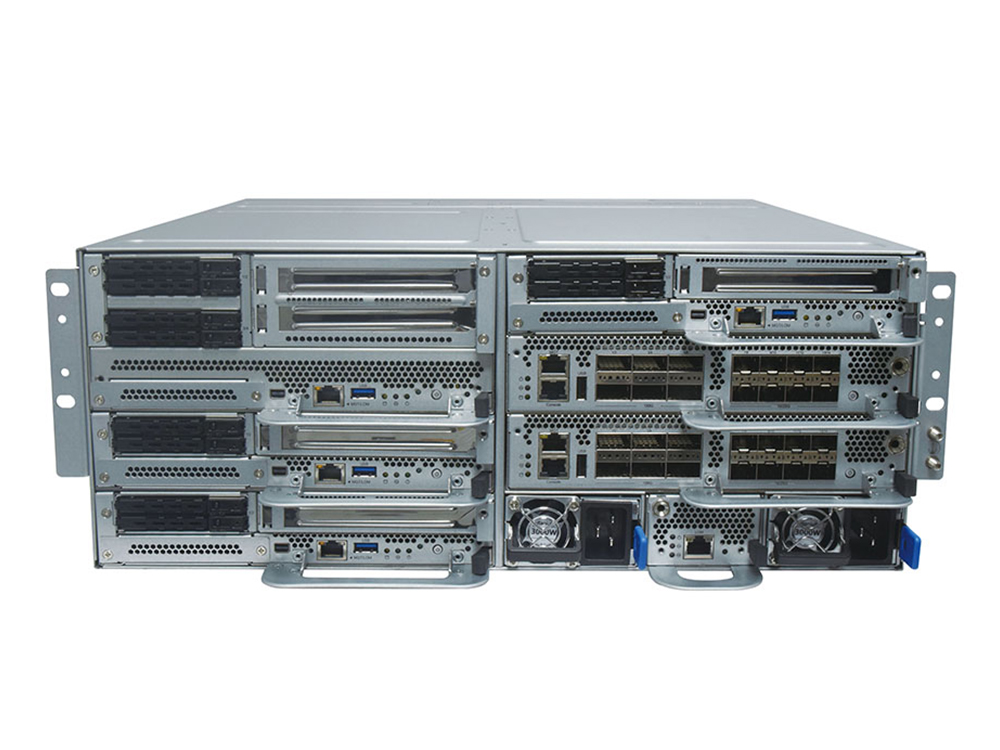Background
Cellular networks have been evolving for the last two decades, growing from 1G to 4G, and global telecom networks are now gradually heading towards 5G. In order to unleash the full potential of 5G, which encompasses faster speed, enhanced bandwidth, numerous connected devices, and more reliable low latency communication, there is a demand for building a secure telecom ecosystem. 5G has the potential to reduce OpEx and CapEx, increase agility, and foster a diverse ecosystem to support innovation. Security, interoperability, performance, and compliance will be the focus of a robust 5G system roll-out.

Open RAN and Virtual RAN (vRAN) is next generation 5G Accelerator
5G promises high bandwidth and reliability, low latency, which will propel massive IoT connectivity, but to realize the potential, the Telecom industry needs to transform and equip its ecosystems to scale and drive new services and enhanced efficiencies. As operators look to manage costs and enable intelligent connectivity through 5G, ‘Open’ RAN is the technology intended to disaggregate hardware and software and create open interfaces, building and deploying networks offering flexibility, interoperability, and agility.
Open RAN separates the baseband unit (BBU) and the remote radio unit (RU) with open standards, enabling interoperation between vendor’s equipment, and offering network flexibility and innovation at a lower cost. Virtual RAN (vRAN) uses a virtualized environment instead of dedicated hardware. By virtualizing (and containerization), the BBU can now run as software on generic hardware platforms.
Importance of RAN Intelligent Controller
A RAN Intelligent Controller (RIC) is a software-defined component of Open RAN architecture responsible for controlling and optimizing RAN functions and is important because it allows Open RAN to optimize the usage of virtualization. Through function management (organizing the functions) and orchestration (defining how the functions are assembled), the RICs build the specific behaviors of 5G and the services based on 5G.
Open RAN defines a “Near-Real-Time RIC” (near-RT-RIC) as a part of the 5G RAN and a “Non-Real-Time RIC” (non-RT-RIC) above it. The non-RT-RIC acts as a bridge to optimize integration between the RAN and the essential hardware, software, and service components, including SD-WAN, VDI, and content delivery.
Cloud Transformation for 5G RAN
Open RAN brings the cloud’s open-source foundation to 5G, and it also introduces cloud technology to the overall network. There are two major initiatives of cloud transformation for 5G RAN. One is moving the RAN software to the cloud to fully benefit from the cloud’s inherent performance and operations efficiency. The second is making the RAN software programmable and software-defined to optimize the flexibility and agility of the cloud.
Conclusion
Building networks based on an open architecture with open interfaces to incorporate AI and machine learning technology can assist with navigating the complexity of 5G, enabling operators to deploy security capabilities closer to the network edge, respond to threats more quickly, and shift network capacity on demand. As we build this secure telecom ecosystem, we also need to prepare for what comes after 5G, including 6G, edge computing, and beyond. We may not know what 6G will be like, but by using open-model technology, virtualization, and the cloud, when 6G becomes an option, it will be easier to realize and faster to deploy.
Lanner, as a member of OCP and TIP, will pave the way to build ecosystem partners with RAN software vendors. Keep providing pre-validated consolidated Open RAN hardware platform for 5G and even 6G Evolution. To ensure our customers and provide time-to-market COTS hardware platforms.







